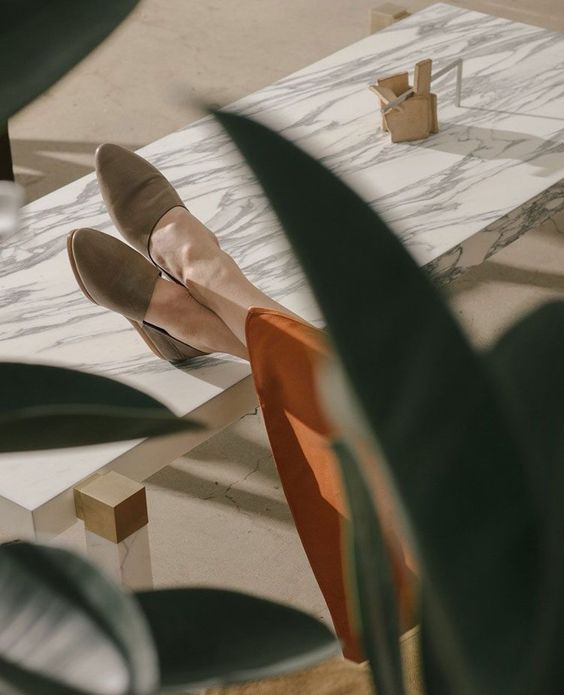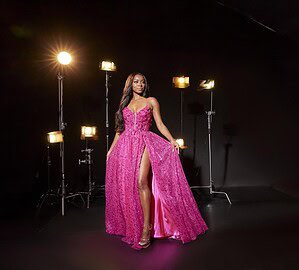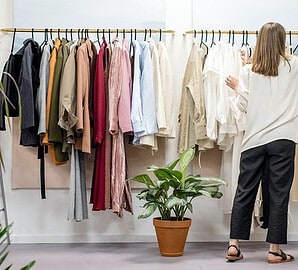The future of fashion will be ethical… or it won’t be! This is at least what ready-to-wear enthusiasts are demanding today, as reported by the e-commerce specialist Lyst, for example, whose annual report shows that searches for clothing made of organic cotton or vegan leather increased by 47% in 2018.
A notable increase is doubled in parallel with strong signals, like the number of Instagram posts labeled #sustainablefashion* which amounted to nearly 3 million that same year. Behind these figures, the message is clear: fashion must go green!

More informed than ever about the devastating effects of textile overproduction on the environment, consumers are now looking for ethical and responsible fashion that is harmful neither to the planet nor to those who inhabit it.
Designers committed to eco-responsible fashion
This a requirement to which certain players in the fashion circle respond vigorously, like young labels like Botter and Marine Serre, which make recycling raw materials one of the guidelines of their artistic inspirations.
Some, like the Clothing Collective, go so far as to highlight textile waste in the windows of department stores by affixing their logo next to a simple pile of used clothes. Their leitmotif?
“Brands should simply produce according to demand and stop accumulating unsold items” then proclaimed Demna Gvasalia during this singular installation at the Harrods department store.
For their part, the major luxury groups are making symbolic arrangements, LVMH and Kering having committed themselves, each in their own way, to the environment.
Ethical initiatives hailed
On the other side of the fashion chessboard, fast-fashion brands, regularly singled out for their not very “ green-friendly ” business model, are trying to redeem their consciences with more or less convincing measures.
Capsule collections made from organic materials, collections of used clothing in stores, and research and development of innovative materials: all try to show their credentials. We thus remember an H&M dress produced only from plastic bottles fished out of the oceans, shoes made of Piñatex (faux leather made from pineapple peel), or even earrings made… from scraps of jeans.
But the most popular approaches generally come from independent brands, with accessible mid-range positioning and attractive aesthetics.



